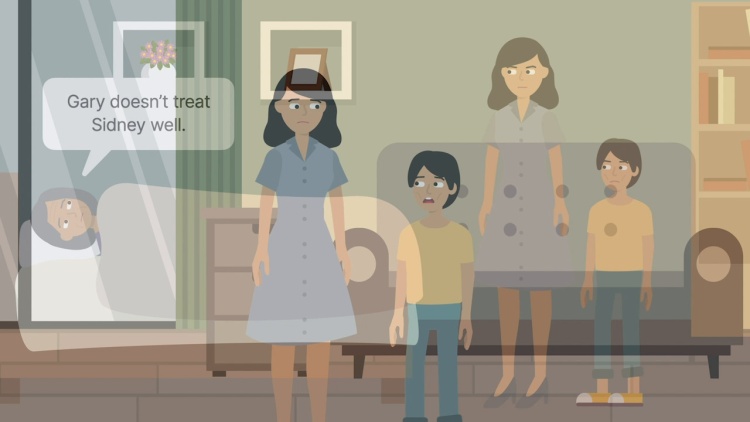People v. Wu
California Court of Appeal
286 Cal. Rptr. 868 (1991)
- Written by Lucy Elsbree, JD
Facts
Helen Wu, known as Chau (defendant), was born in China and moved to the United States at the request of Wu. Chau and Wu had a child, but Wu gave no indication that he would marry Chau. In an effort to gain a commitment from Wu, Chau informed him of her intent to return to China. Wu did not convince Chau to stay, and Chau returned to China. Chau left the child in the United States with Wu to avoid the cultural shame associated with having a child out of wedlock. Several years later during Chau's visit to the United States, the child told Chau that Wu beat him. Chau began to experience heart palpitations and shortness of breath. Chau told the child that she wanted to die, and asked if he would go with her. Chau strangled the child. Chau then attempted unsuccessfully to commit suicide. The State of California (plaintiff) charged Chau with second-degree murder. At trial, Chau testified that she did not remember strangling the child. Chau also offered testimony by experts in cross-cultural psychology that she killed the child in a heat of passion likely brought on by her cultural background. Chau requested a jury instruction on the defense of the possible effects of Chau’s cultural background on her mental state. The court denied the request, and the jury convicted Chau. Chau appealed to the Court of Appeal of California for the Fourth Appellate District.
Rule of Law
Issue
Holding and Reasoning (Timlin, J.)
What to do next…
Here's why 899,000 law students have relied on our case briefs:
- Written by law professors and practitioners, not other law students. 47,000 briefs, keyed to 994 casebooks. Top-notch customer support.
- The right amount of information, includes the facts, issues, rule of law, holding and reasoning, and any concurrences and dissents.
- Access in your classes, works on your mobile and tablet. Massive library of related video lessons and high quality multiple-choice questions.
- Easy to use, uniform format for every case brief. Written in plain English, not in legalese. Our briefs summarize and simplify; they don’t just repeat the court’s language.





